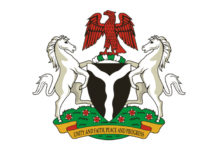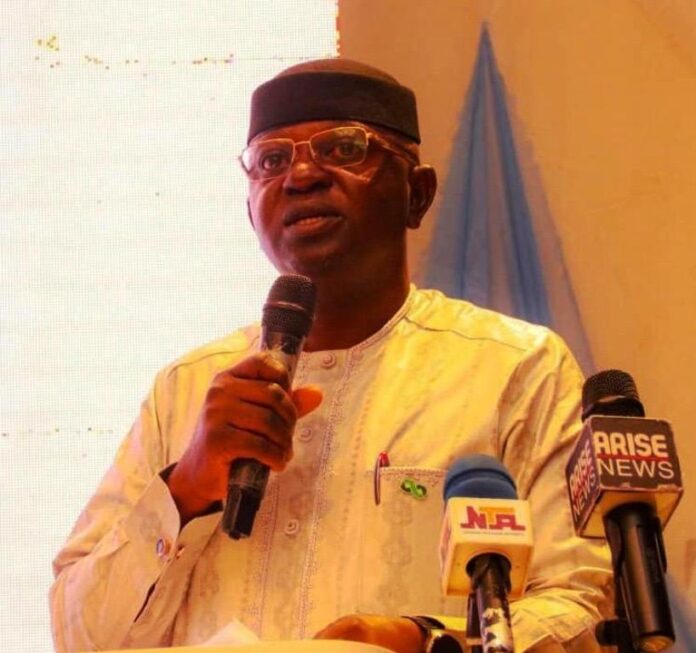
At the presentation of the 2025 Annual Flood Outlook (AFO) in Abuja today, the Honourable Minister of Water Resources and Sanitation, Engr. Prof. Joseph Terlumun Utsev, outlined the Federal Government’s comprehensive strategies for flood preparedness and response in Nigeria.
He emphasized the importance of NIHSA’s annual forecasts in guiding proactive planning and noted that floods remain one of the most destructive natural disasters globally. According to him, the 2025 AFO, themed “Flood Resilience: Focusing on Communities Preparedness and Adaptation Strategies for Flood Management,” advocates for improved infrastructure and localized planning.
Prof. Utsev highlighted NIHSA’s shift to seasonal, community-based forecasts, enabling early action by local governments and communities.
The Minister revealed that the 2025 Annual Flood Outlook forecast shows that 1,249 communities in 176 Local Government Areas in 33 States and FCT fall within the High Flood Risk Areas, while 2,187 communities in 293 LGAs in 31 States of the Federation, including the Federal Capital Territory falls within the Moderate Flood Risk Areas.
He further revealed that the High Flood Risk States comprise Abia, Adamawa, Akwa Ibom, Anambra, Bauchi, Bayelsa, Benue, Borno, Cross River, Delta, Ebonyi, Edo, Federal Capital Territory, Gombe, Imo, Jigawa, Kebbi, Kogi, Kwara, Lagos, Nasarawa, Niger, Ogun, Ondo, Osun, Oyo, Rivers, Sokoto, Taraba, Yobe, Zamfara.
He also noted that the Flood risks across Nigeria have been categorized into four main types including the High Flood Risk Areas in 657 communities of 52 LGAs between April–June; 544 communities in 142 LGAs between July–September as well as 484 communities in 56 LGAs between October–November.
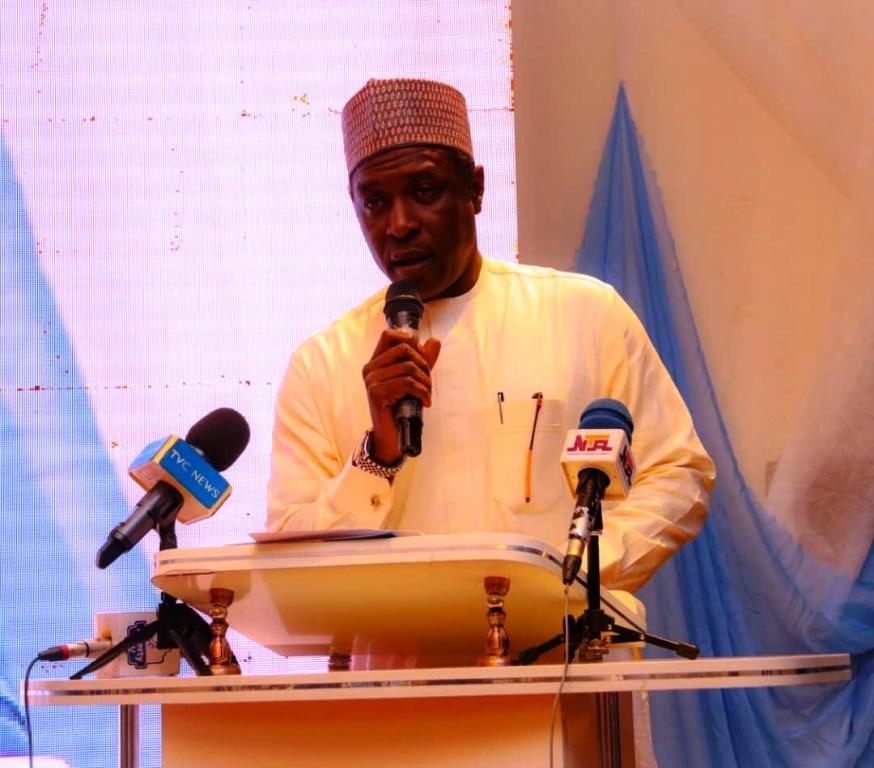
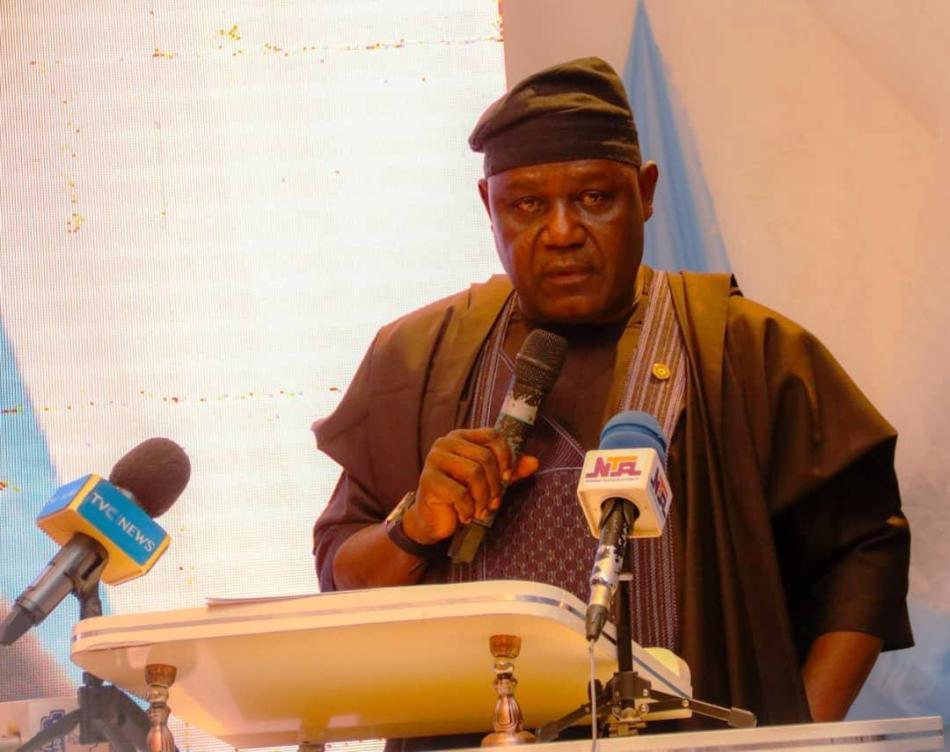
He also dded that Moderate Flood Risk Areas are projected in 445 communities in 116 LGAs (24 states) between April–June:) and 1,458 communities in 271 LGAs between July–September in addition to 1,473 communities in 171 LGAs (26 states) between October–November. The category of Flash and Urban Flooding are Projected in major cities due to heavy rainfall and poor drainage and affected cities include Abuja, Lagos, Kano, Port Harcourt, Ibadan, and others.
Also,Coastal and Riverine Flooding are anticipated in Bayelsa, Cross River, Delta, Lagos, Ogun, Rivers, and Ondo due to sea level rise and tidal surges, threatening coastal communities and ecosystems.
He announced several key initiatives, including the National Flood Insurance Programme (piloting in Kogi and Jigawa); the Integrated Climate Resilience Innovation Project; the Niger Flood Project for enhanced flood control and water resource management; as well the Annual Drought Outlook to complement flood planning.
The Minister reiterated the Ministry’s commitment to building a flood-resilient Nigeria and called for collaboration among all stakeholders to protect lives, property, and National Development.
In his welcome address, Mr. Richard Pheelangwah, Permanent Secretary of the Federal Ministry of Water Resources and Sanitation, emphasized the severe impact of flooding on communities, infrastructure, and the environment. He stressed the importance of effective prediction, preparedness, and response strategies, especially in light of climate change and past devastating floods in 2012 and 2022.
Pheelangwah acknowledged the role of advanced technology, hydrological modeling, and collaboration in enhancing flood response, emphasizing that the forecasts are ultimately about protecting communities and securing the future.
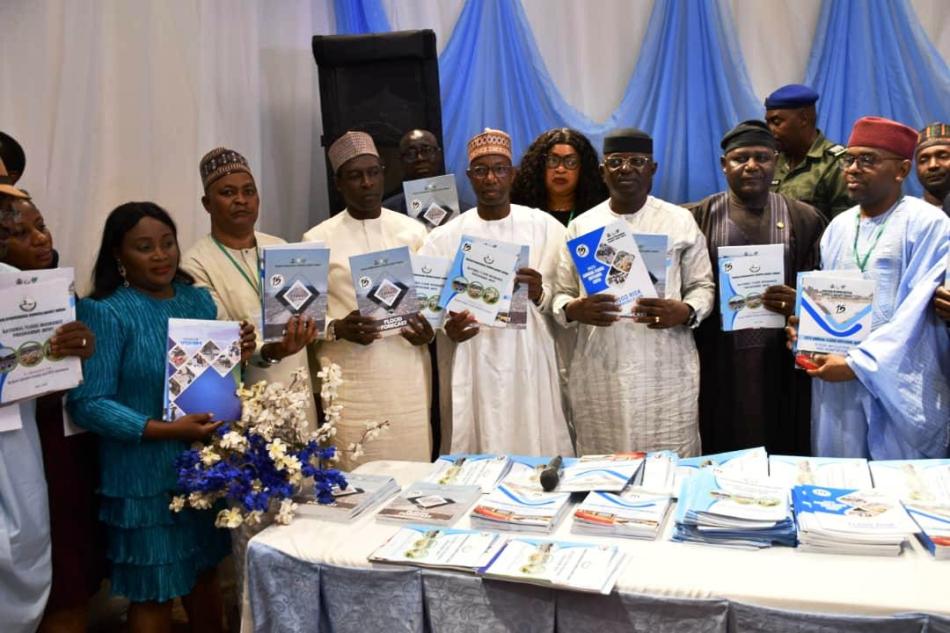
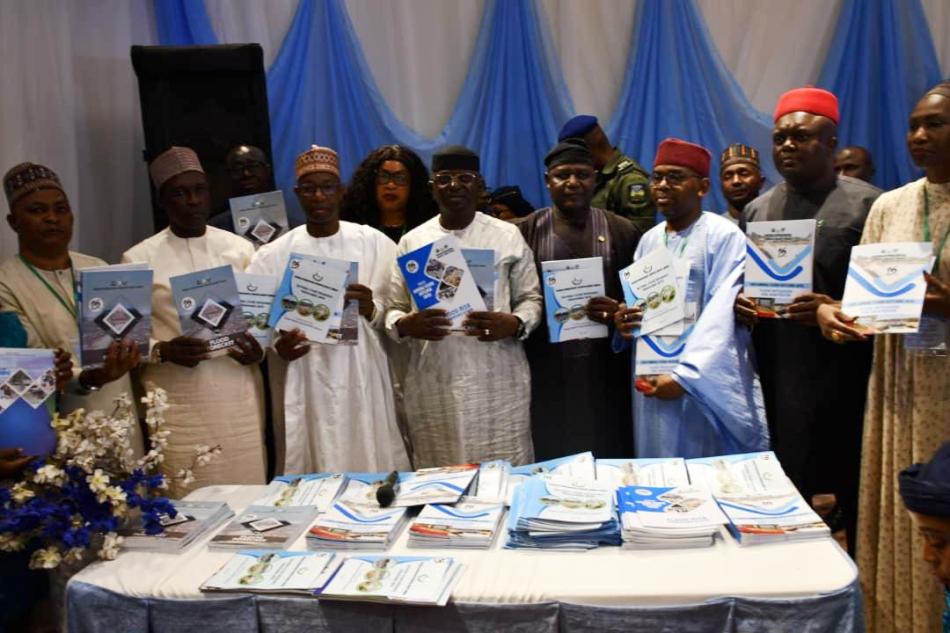
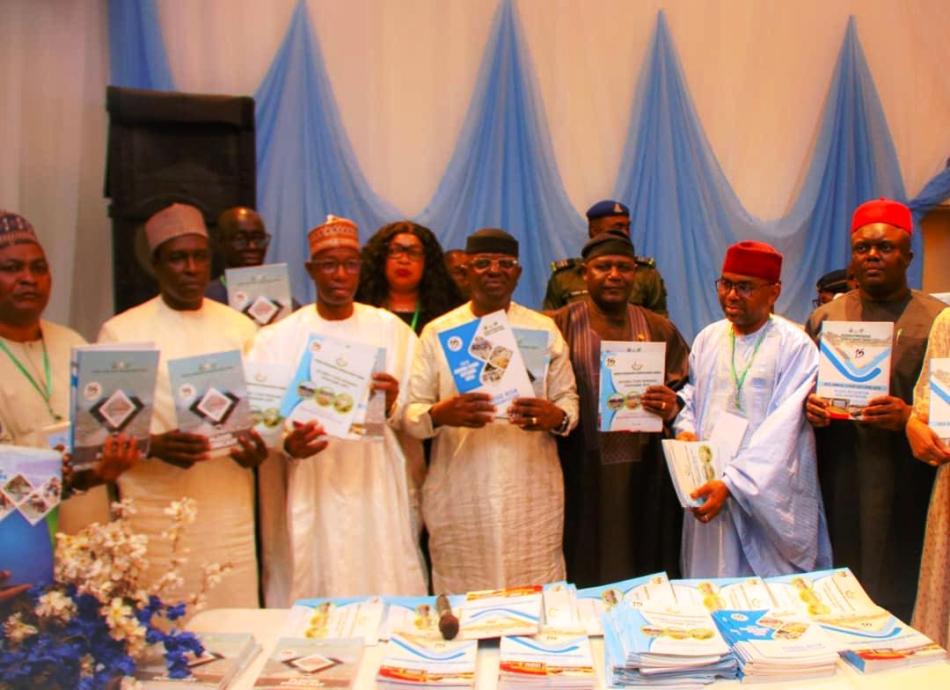
During his presentation, the Director General of NIHSA, Umar Ibrahim Muhammed, highlighted the Agency’s use of advanced hydrological models, technology, and inter-agency collaboration to deliver more precise, timely flood forecasts. He noted that this year’s outlook includes location-specific, community-based assessments, identifying risks to sectors like healthcare, education, agriculture, infrastructure, and water quality.
Muhammed emphasized that the detailed analysis offers actionable insights for policymakers and disaster managers. He also discussed the Agency’s partnerships with various stakeholders to develop interventions that reduce flood impacts on vulnerable communities, with some initiatives set to be unveiled during the event. He encouraged participants to widely share the information to strengthen flood resilience efforts.
Present at the presentation of 2025 Annual Flood Outlook were representatives of state governments, members of the National Assembly, traditional rulers and top government officials.
Highlight of the event was the unveiling of the 2025 Annual Flood outlook report, the formal presentation of the NIHSA Flood and Drought Dashboard and the unveiling of the National Flood Insurance Programme.
Signed
Mrs. Funmi Imuetinyan
Director Information and PR
10 April, 2025



